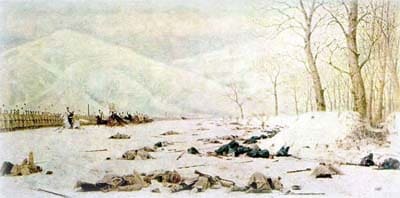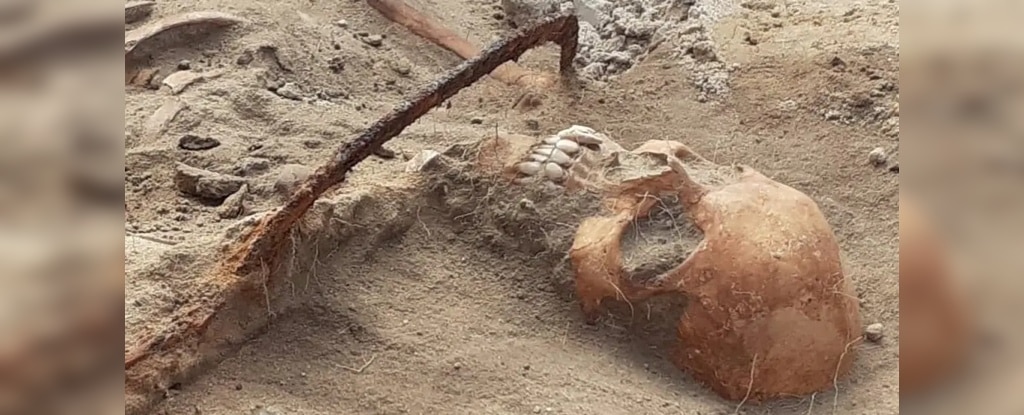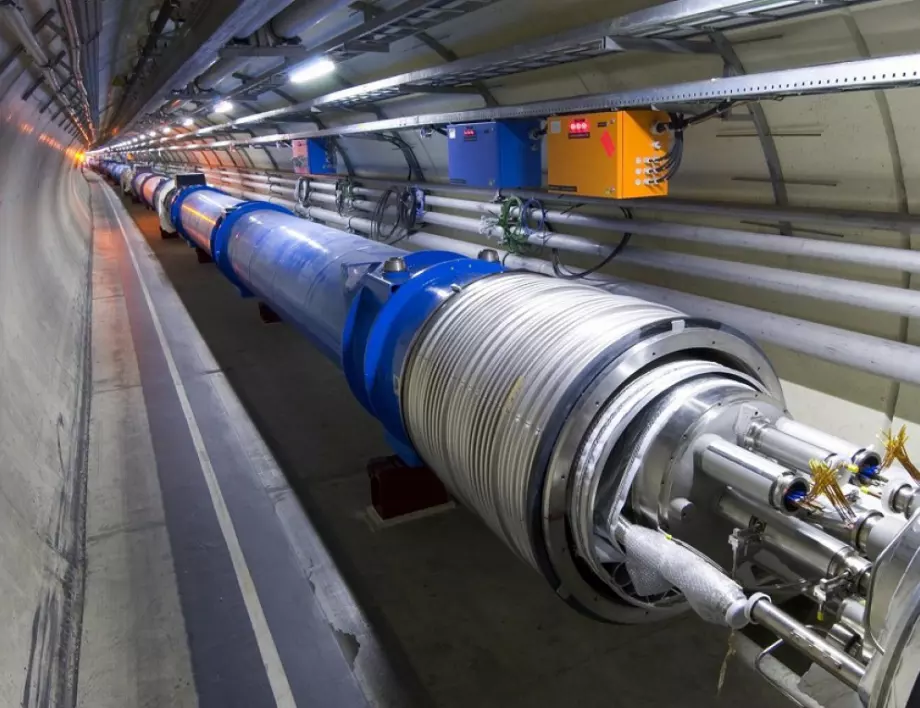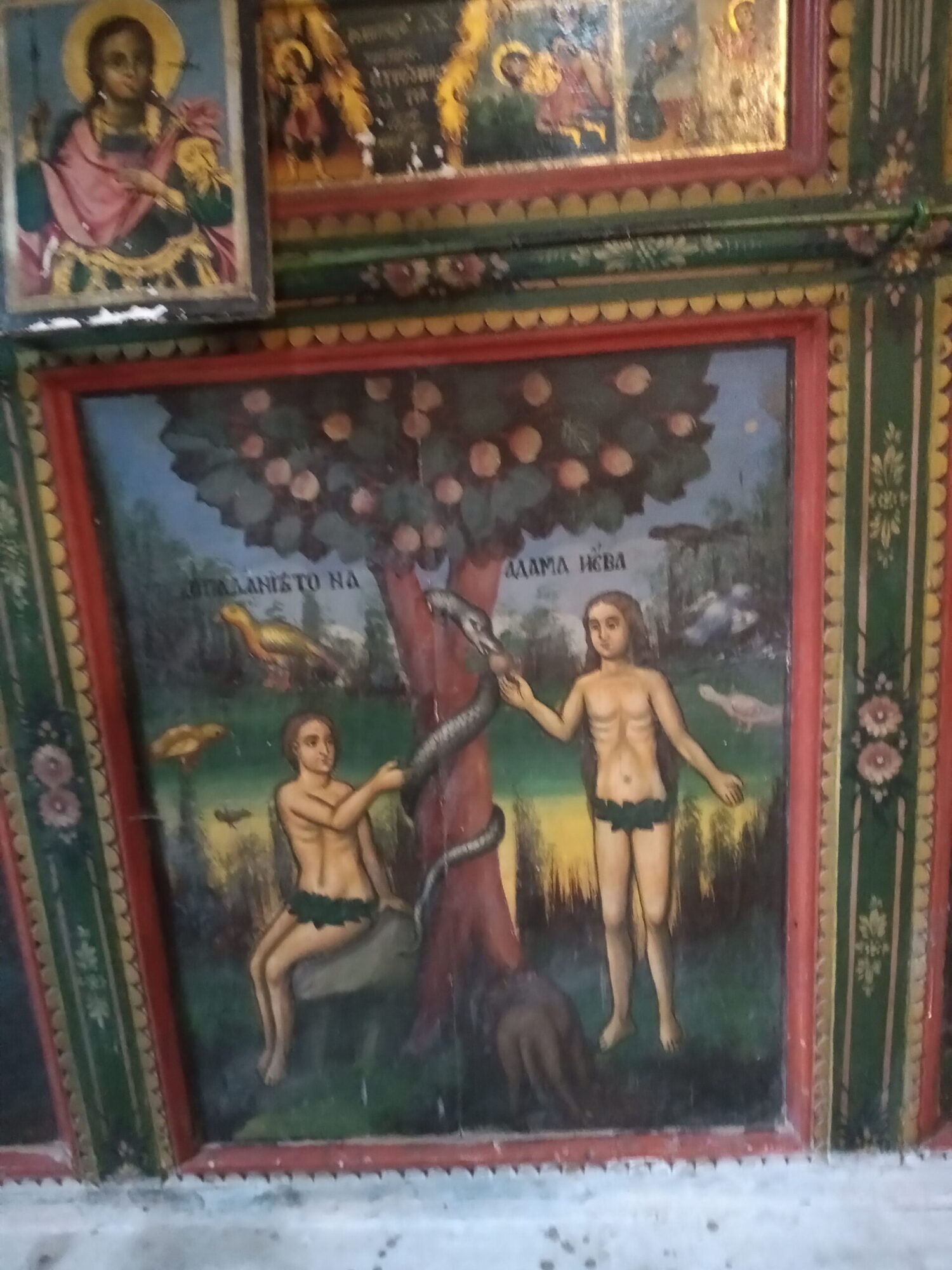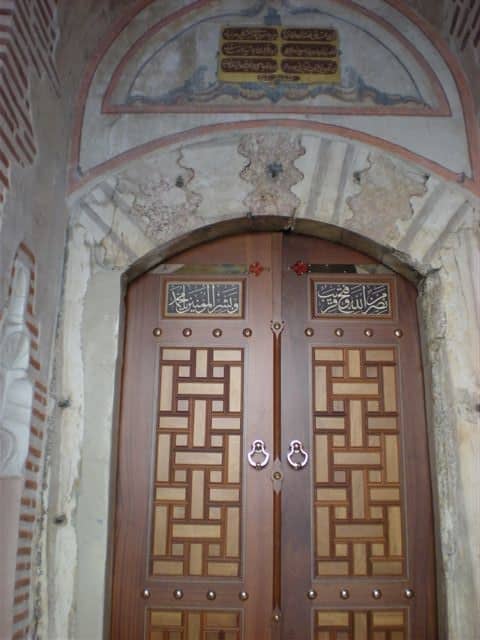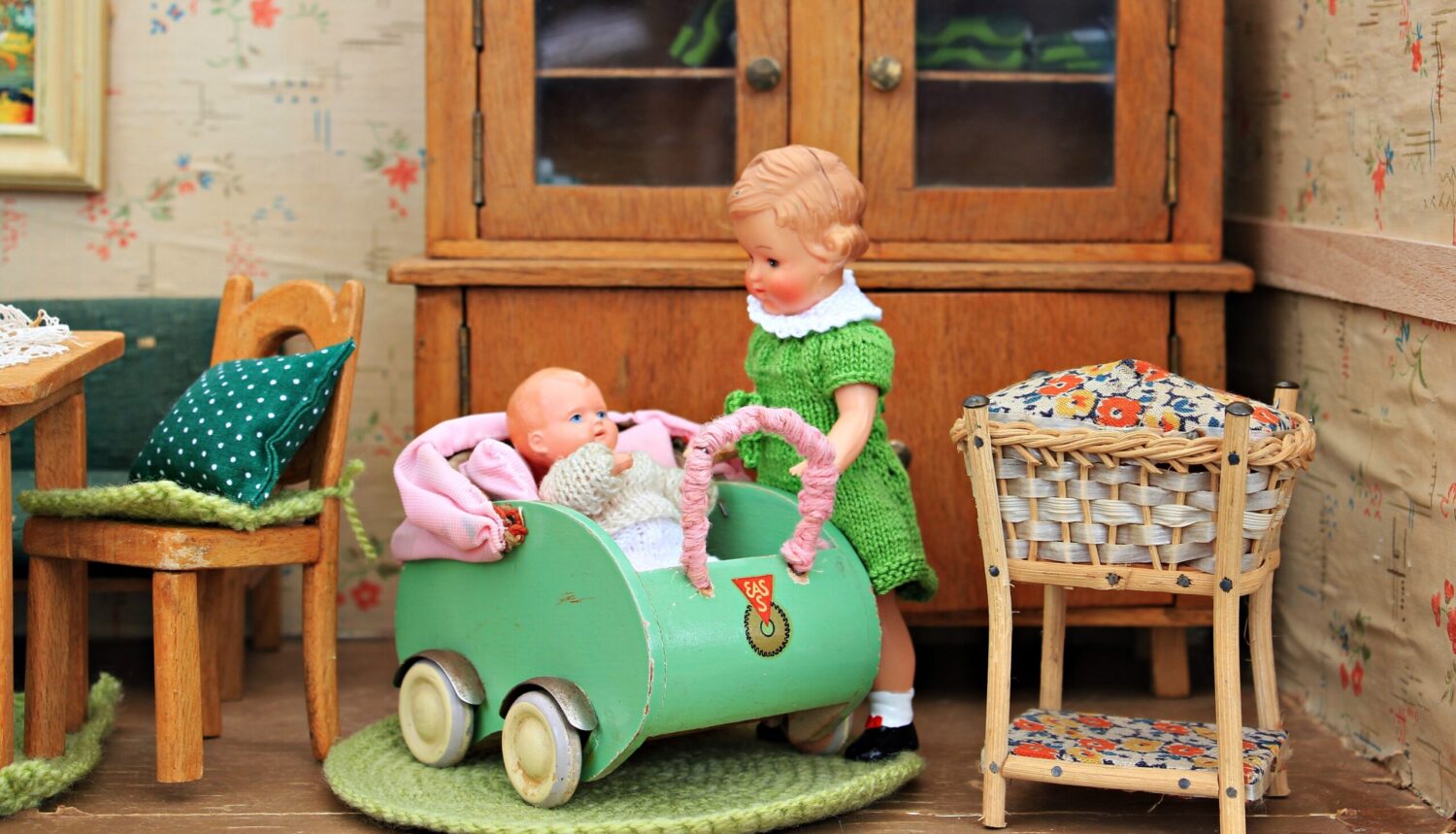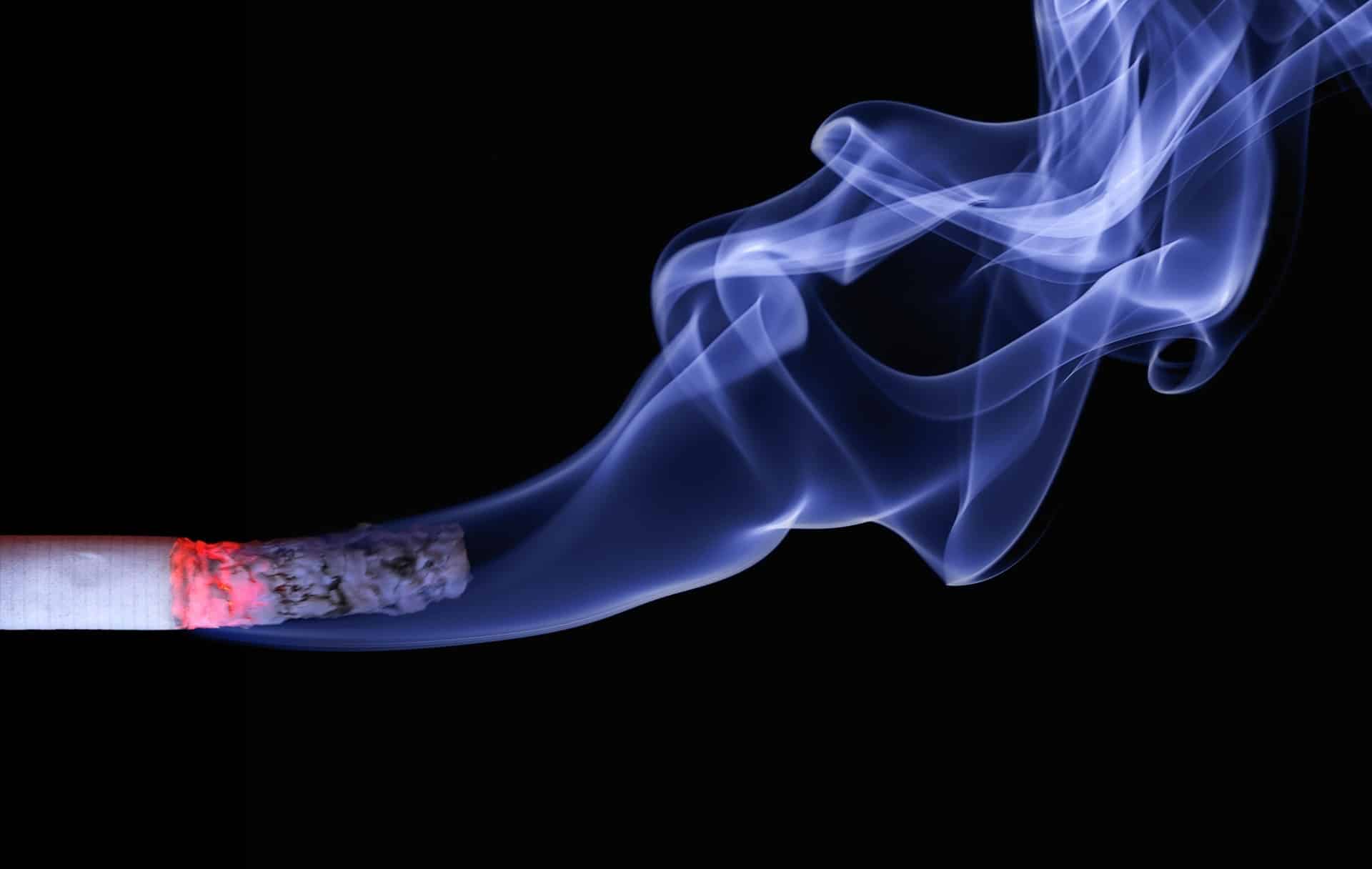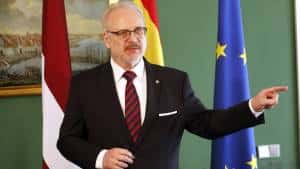The number of Russian correspondents of the Balkan Theater increased over time. As of July 5, 1877, their composition was as follows [14]:
Table 1.
Periodical / Correspondent
“Birzhevye Vedomosti” – N.V. Maximov
“World illustration” – N.N. Karazin; H.P. Fedorov
“Voice” – P.P. Sokalsky
“Moscow Vedomosti” – L.V. Shakhovskaya; M.F. Metz
“Our century” – G. Stambolov; V.I. Nemirovich-Danchenko
“Novoe vremya” – A.A. Suvorin; M.P. Fedorov; V.P. Burenin; N.N. Karazin; P.P. Sokalsky; A.D. Ivanov; N.N. Rossolovsky; V.I. Nemirovich-Danchenko
“Odesski Vestnik” – P.P. Sokalsky
“Government Gazette” – V.V. Krestovsky
“Russian Mir” – E.K. Rapp
“Saint-Petersburg Vedomosti (Gazetteers)” – M.P. Fedorov; H.V. Maximov; A. Teoharov
“Severny Vestnik” – D.K. Gears
“Tiflissky Vestnik” – N.Ya. Nikoladze
“Sankt-Peterburger Zeitung” – N.V. Maximov
It should be noted that during the war V.I. Nemirovich-Danchenko switched to “Novo Vremya” and began to send his correspondence to this newspaper. The staff of the Active Army included, apart from V.V. Krestovski, in his capacity as an official correspondent of the “Government Gazette” the artist E.K. Makarov, and also the famous martial artist V.V. Vereshtagin. in July 1877 the number of artists increased. P. Sokolov, Butkevich, M. Malyshev arrived at the Main Quarter, and P.O. Kovalevsky – in the detachment of the Grand Duke Vladimir Alexandrovich. The famous artist V.D. Polenov. Together with the Russian army, he took part in the battles, saw the heroism of the soldiers, the suffering of the Bulgarians, and sealed all this both in paintings and in watercolors (“Position”, “Artillery in the mountains”, “Bulgarian village” and etc.). [15]
The most complete list of correspondents who joined the theater of hostilities is given by N.V. Maximov. [16] It lists everyone whose photographs were pasted in the correspondence album. As mentioned above, correspondents were required to carry two photographs each. One was left at the Field Headquarters, where it was kept in a special album, and the second, with the pass and stamp, was carried with them as a personal certificate.
Table 2. Russian correspondents
Periodical / Correspondent
“Government Gazette” – V.V. Krestovsky
“Saint-Petersburg Vedomosti“- Modzolevsky; Komarov
“Novoe vremya” A.A. Suvorin; M.P. Fedorov; V.P. Burenin; N.N. Karazin; A.D. Ivanov; N.N. Rossolovsky; V.I. Nemirovich-Danchenko; Maslov
“Russian invalid” – M.P. Fedorov (artist); Sukhotin (Lieutenant of the Russian Army)
“World illustration” – M.P. Fedorov (artist)
“Voice” – P.P. Sokalsky
“Severny Vestnik” – D.K. Girs; Baikov (Lieutenant Colonel of the Russian Army)
“Russian Mir” – E.K. Rapp; Georgievich
“Moscow Vedomosti” L.V. Shakhovskaya; M.F. Metz; Ilovaisky (professor, former temporary correspondent)
“Russian Vedomosti” – A. Teoharov
“Birzhevye Vedomosti” – N.V. Maximov
Among the correspondents of “Novo Vreme” N.V. Maksimov does not mention the names of N.N. Rossolovski and P.P. Sokalsky, although V.V. Krestovski to attribute them to this edition. P.P. At the beginning of the campaign, Sokalski was a correspondent of the “Golos” newspaper, but later he was replaced by the Americans Mac Gahan and Stanley. As for V.I. Nemirovich-Danchenko, at the beginning of the war he was a correspondent for the newspaper “Nash Vek”, and then he started writing for “Novoe Vremya”. A.D. Ivanov was also a photographer.
Regarding the foreign correspondents admitted at the beginning of the war to the theater of hostilities, their composition was initially small, as a rule, one or two from the major European countries. As of July 5, there was the following representation. [17]
Table 3
Country / Periodical / Correspondent
Austria-Hungary “News Wiener Tagblatt” – Not listed
Great Britain “Daily News” – MacGahan
Prussia “Militär Wochenblatt” – Captain Danngauer
Prussia “Kölnische Zeitung” – Doctor Schneider
North American United States “New-York Herald” – MacGahan
France “Figaro” – de Westin
As a rule, as correspondents, foreign publications sent officers from the General Staffs, who at the same time appeared as unofficial military agents with the Russian troops. Official military agents were also attached as correspondents, such as, for example, the Prussian Major von Liegnitz. He sent his letters to the “North German Universal Gazette”.
Foreign correspondents entered the theater of hostilities on recommendations from Russian embassies and high-ranking officials. At the same time, the foreign newspapers urgently petitioned the diplomatic missions for the admission of their correspondents. [18] Not all those who wished were given access to the army. Thus, on April 28 M.A. Gasenkampf was forced to refuse two correspondents – German and English. The English lieutenant colonel Howard Vincent arrived, according to the testimony of M.A. Gasenkampf, with a mass of letters of recommendation. However, Prince V.A. Cherkassky, head of the Russian Civil Administration in Bulgaria, happened to be familiar with him and recommended him, sent him as a potential British spy. This was the reason why the Grand Duke recommended the Englishman to give up, which was done. [19]
After all, the representation of foreign correspondents, according to N.V. Maksimov, was the following. [20]
Table 4. English correspondents
Periodical / Correspondent
“Daily News” – A. Forbes; Mac Gahan (American)
“Times” – Grant Breckenbury (a colonel on active service in the English army who was on leave)
“Grafic” (illustrated magazine) – Villers (artist)
“Illustrated London News” (illustrated magazine) – Gale (artist)
“Standard” – F. Boyle
“The Skotsman” – D.L. Carrick (a doctor living in St. Petersburg); Rose
“Manchester Guardian” – Stanley (American)
“Freemens” (Irish magazine) – Stanley (American)
Mac Gahan also wrote for the Russian newspaper Golos, as did Stanley. Havelok also belonged to the corps of English journalists, but there is no information about which newspaper he worked for in any of the sources we processed.
Table 5. American correspondents
Periodical / Correspondent
“New-York Herald” – Dokankoz
“Boston Jornal” – King
The paper did not specify Jackson
V.V. Krestovsky, in his capacity as an American correspondent, also mentions Millet, without specifying which newspaper the latter belonged to. [21]
Table 6. Prussian correspondents
Periodical / Correspondent
“Militär Wochenblatt” – Danngauer
“Hambourger Nachrichten” – Danngauer
“National Zeitung” – Danngauer
“Ausburger Allgemeine Zeitung” – von Maree (or von Mare)
“Üeber Land und Meer” – I. Schoenberg (artist)
“Post” – von Brauchitsch
“Neue Militäriche Blatt” – von Brauchitsch
“Berliner Tagblatt” – Beta
Table 7. Austrian correspondents
Periodical Correspondent
“Neues Wiener Tagblatt” – Lukesch
“Politik” (Prague newspaper) – Reinstein (retired lieutenant); Lachman
“Presse” – Lichtenstadt
Table 8. French correspondents
Periodical / Correspondent
“XX Siècle” – Breban
“National” – Breban
“Jornal d’Odessa” – Breban
“Figaro” – I. de Westin
“Moniteur Universel” – D. de Lonlet (or Lonnet [22])
“Monde Illustré” – D. de Lonlay
“Estafette” – Bleach
“Indépendance Belge” – Con-Abrest
“Temps” – Lamont
“Republique Française” – Granet
“La France” – Farey
V.V. Krestovsky also mentions Pagnon among the French correspondents, but without specifying which newspaper he belonged to. [23]
Table 9. Swedish correspondents
Periodical / Correspondent
“Stockgolms Dagblad” – Berling (Lieutenant of the Swedish General Staff)
Table 10. Italian correspondents
Periodical / Correspondent
“Opinion” – M.-A. Canines
“Pungolo di Napoli” – M.-A. Canines
“Gazetta Piemontaise” – M.-A. Canines
“Courier du soir de Milan” – M.-A. Canines
“Fanfulla” – Marcotti
“Roma di Napoli” – Lazzaro (artist)
“Illustration Italiana di Milano” – Lazzaro
Romania was represented by the Prince’s personal artist Karl Satmari and the princely photographer Duchesne. [24]
The Spanish artist José Luis Pellicer from Madrid arrived in the Russian army from the Spanish illustrated magazine “La Ilustración Española y Americana”. [25]
Correspondents of the “Daily Telegraph” and the majority of Viennese newspapers were not admitted to the army, as they represented unfriendly publications. Due to this fact, they lived in Bucharest, used second-hand information, including from colleagues by profession, and sometimes “from their own conclusions”.
In addition, Poggenpohl was sent to the theater of war as a representative of the Agence Havas, Reiter, Wolf and Vienne telegraph agencies. [26]
War 1877-1878 became the date of birth of Russian military correspondence. Here the first steps were taken (and it should be noted – successful) in the work of the military with correspondents: bribery, dosing of information entrusted to correspondents. Although there was no direct censorship, in order to obtain information, one had to be directly at the front, since the headquarters was reluctant to share it with correspondents.
Russian correspondence arose spontaneously, and its emergence was associated with the need of Russian society to know about the course of hostilities, about the life of the army, about the life and life of the local Bulgarian population, etc. This need was explained by the great interest in Russian public circles in the fate of the Slavic peoples of the Balkan Peninsula. Unlike foreign correspondents, Russian correspondents did not have many privileges. Despite the fact that admission to the theater of operations was centralized and carried out by the Field Headquarters of the Army in the Field, the attitude towards correspondents and their position was different. If foreign correspondents were well prepared for their work, enjoyed the support not only of the newspapers that sent them, but also of their governments, then the Russian ones did not have one.
Although foreign correspondents arrived at the theater of war no less than Russian ones, most of them did not even appear on the battlefield. Russian correspondents, for the most part, directly participated in the battles, watched the life of the army.
Conventionally, the correspondents who covered the war in the Balkan theater can be divided into three groups: those who wrote from the rear, those who wrote while at the Field Headquarters, and those who wrote correspondence from their own experience. Correspondents of these groups were both among foreigners and among Russians. True, among the last representatives of the third group there were more. Of the foreign ones, one can distinguish in this respect the German correspondents who were discharged from the service of the military, and watched the war not only as correspondents, but also as military specialists.
In their letters, diaries, notes, Russian correspondents of the second group described all the “charms” of the war, without idealizing it, and without reducing it to a dry description of military operations and the life of royal people. Sometimes they are strict, overly critical in their conclusions, but what they saw made them so: deaths, injuries, stupidity of the highest command ranks, often senseless heroism of soldiers, etc.
Despite the difficulties, many Russian correspondents showed their best side, making a significant contribution to the development of Russian military journalism and truthful coverage of the war.
(to be continued)
Notes:
[14] Compiled on the basis of: Apushkin V., “War of 1877-78 in correspondences and novels”, Military Collection, No. 7 (1902), p. 202; Gasenkampf M., My Diary 1877-78, pp. 33-34; Krestovsky V., Twenty months in the active army…, item 1, pp. 170-172.
[15] Vinogradov V.I., Russo-Turkish War 1877-1878. and liberation of Bulgaria, (Moscow: Mysl, 1978), p. 187.
[16] Maksimov N.V., “About the Danube”, No. 5 (1878), pp. 176-177.
[17] Apushkin V., “War of 1877-78 in correspondence and novels”, Military Collection, No. 7 (1902), p. 201.
[18] Apushkin V., “War of 1877-78 in correspondences and novels”, Military Collection, No. 7 (1902), p. 196.
[19] Gasenkampf M., My Diary 1877-78, pp. 13-14.
[20] Maksimov N.V., “About the Danube”, No. 5 (1878), pp. 175-176.
[21] Krestovsky V.V., Two months in the active army…, item 2, p. 177.
[22] Ibid., p. 177.
[23] Ibid.
[24] Maksimov N.V., “About the Danube”, No. 5 (1878), p. 175.
[25] B.P., “With Shipki and Plevny”, International Life, No. 3 (2003), p. 128.
[26] Maksimov N.V., “About the Danube”, No. 5 (1878), p. 176.
With abbreviations from: Canadian American Slavic Studies. – 2007. – Vol. 41. – No. 2. – R. 127-186; portal “Russia in colors”: https://ricolor.org/about/avtori/gokov/
Source of the illustration: Vinogradov V.I. Russian-Turkish war 1877-1878 and the liberation of Bulgaria. – M.: Thought, 1978. – pp. 6-7 (in Russian).



